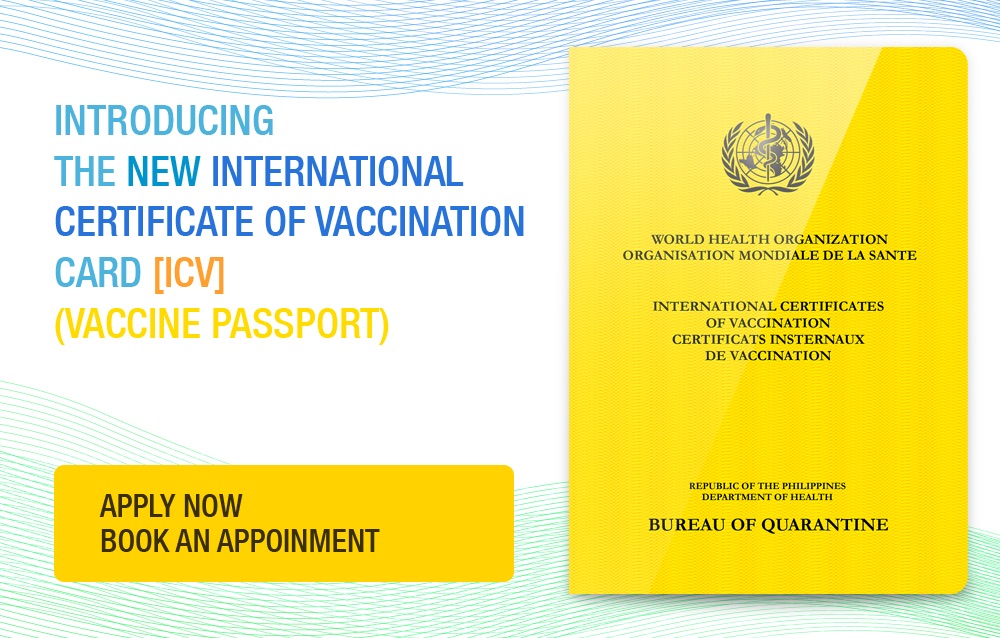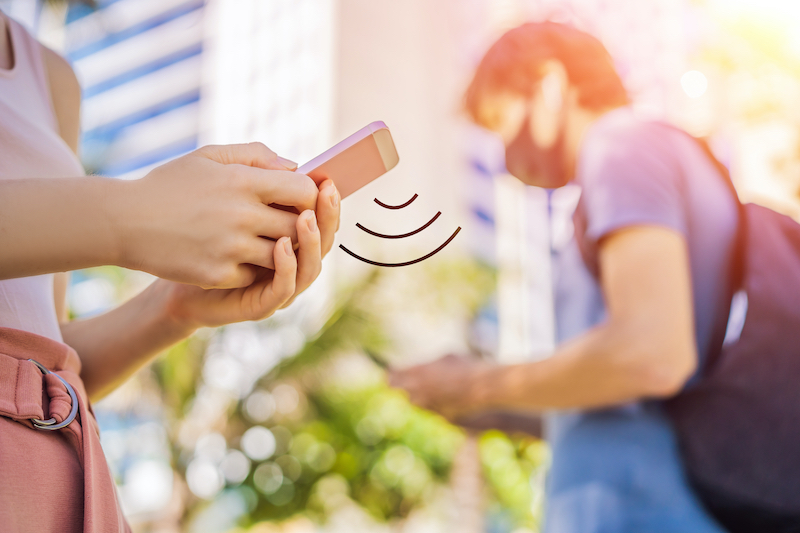#TripTips: A guide to new normal requirements for international travel in 2022
If all these friends from your feed posting about their travel abroad have you itching to go on your own adventure, you are most definitely not alone.
After all, getting cooped up for two years and wondering if the pandemic will ever end can certainly make the prospect of traveling abroad a well-deserved reward you owe to yourself, and one that’s been a long time coming. The good news is that more and more countries are opening up their borders and encouraging tourists to visit them.
Alas, among other things, COVID-19 has changed the way we travel for the foreseeable future. As variants and sub-variants continue to pop up, expect some snags on your travel plans as governments try to come up with countermeasures to try and mitigate the rise of new infections. This is probably the first thing you should know about traveling in the new normal.
Once you’ve come to terms with this unfortunate development regarding traveling abroad, then the rest of the list below should be relatively easier to accept and accomplish.
This guide is made with the assumption that you’ve already been vaccinated. If for whatever reasons you still have not received your jabs, most countries will require that you present a negative RT-PCR test and may have you quarantined for a period of time before they can allow you to roam around.
International Certificate of Vaccination (Yellow Passport)
The yellow passport is the Bureau of Quarantine’s (BOQ) International Certificate of Vaccination (ICV), and it is recognized by the World Health Organization. Your vaccination certificate from the local government units (LGU) or private clinics may not be enough when you travel abroad. Even the vaxcert is not enough at times, although you will need this in applying for a yellow passport.
You will need to book an appointment through BOQ’s website. No walk-ins are allowed in their satellite sites, which are usually found inside malls within Metro Manila. You will need to create an account in the link, and once you’re set, click on ‘Certification Services’, then click on “Certificate of Vaccine for COVID 19”.

You will then have the option of having it delivered to you (which at the time of this writing is unavailable) or claim it on-site. As you can imagine, it’s very difficult to get a schedule within NCR, so you better grab an appointment once you see an available date. Otherwise, you might end up getting your yellow passport in Batangas, Bataan, Pampanga, Subic, and other nearby provinces. There are also satellite sites in Visayas and Mindanao.

The passport costs P300, and you will need to pay it in advance through e-wallet services or bank transfers. Once you’ve booked an appointment and paid the amount, an email will be sent to you, informing you when you can claim your yellow passport. Make sure to go on the scheduled release of your ICV, or else you will need to rebook another date.
Know your destination’s requirements for visitors
Most of the resources you will need regarding your destination’s tourist requirements are available online. We published a list of a few of our neighboring country’s requirements.
Most countries have their own contact tracing app that you will need to download on your smart phone and create an account with.
In the case of Singapore, they have their TraceTogether app. They also require you to submit a health declaration form at least three days before arrival.

Malaysia has the MySejahtera app, which you will be asked to present upon checking in to your flight here in the Philippines. You will also need these contact tracing apps upon entering establishments on your destination.
Familiarize yourself with these apps and fill them out ahead of your departure date. You don’t want to do this at the airport, especially when there are long lines at the immigration counters.
Going home
After enjoying your vacation abroad, you will need to register with the BOQ’s One Health Pass. Fill out the questionnaires provided, and you will be given a QR code at the end of it all. Do a screen shot of the QR code and save it on your phone as it cannot be downloaded. You will be asked to present it upon returning to the Philippines. BOQ requires that you fill out the form at least 48 hours before your flight back to the country.

It should also be noted that you will be asked upon checking in at the airport, before your flight back, whether you have taken booster shots.
You will need to present proof of this as you fill out the One Health Pass. If you haven’t had a booster shot, you will be required to undergo a Rapid Antigen test at the airport (at your expense). I was told that should you test positive for COVID-19, they will not allow you to board the plane, and would have to undergo quarantine in the country that you are in.
This means that you will have to extend your vacation until you’ve tested negative. Of course, all of that is unnecessary if you’ve already had your booster shot against COVID-19 (one shot is enough).

These are just some of the things you need to include on your checklist before traveling to another country as of July 2022. However, requirements may change as countries around the world try and cope with revenge travel in the new normal. Thank goodness for the internet—use it wisely so that you will be informed of new developments.
For now, the borders remain open. And they are calling out your name. Bon voyage!


